The Observer
will be observed
In November '24 I spent a month traveling solo in India, meeting many beautiful people along the way. Covering 3,000 kilometers by buses and trains, I experienced constantly shifting landscapes, religions, cultures, dialects, and languages within surprisingly short distances.
India reveals countless stories hidden from plain sight, and each journey there unfolds uniquely for everyone. My eye was naturally searching for the silent stories within the seeming chaos. The threat of fragmentation and superficiality in capturing what I see weighed heavily on me from the first days of the journey. So much so, that it wasn’t until several days on the road that I began taking pictures—not to grasp understanding, but to create a bridge between what I saw and what I felt. I brought back many stories that continue stirring within me. This one embodies my journey as a process of becoming, discovering, and surrendering.
Everything that could be done in a space where I know how to navigate has already been ticked off the list. Whatever lies ahead feels as though it belongs to a different spacetime. I imagine this must be what it feels like as a child discovering something entirely new. Only this time, it’s experienced consciously, in an adult body, bringing with it a sense of wonder and unfamiliarity.
As I sat on the plane, my mind was clear, untouched by any details that could help me picture the spaces, actions, company, or outcomes of the day ahead. Yet I felt no urge to seek them out in advance or attempt to control what lay ahead—a quiet surrender to the unknown. Later, along the journey, I often felt as though it had already been written for me, and my role was simply to trust.
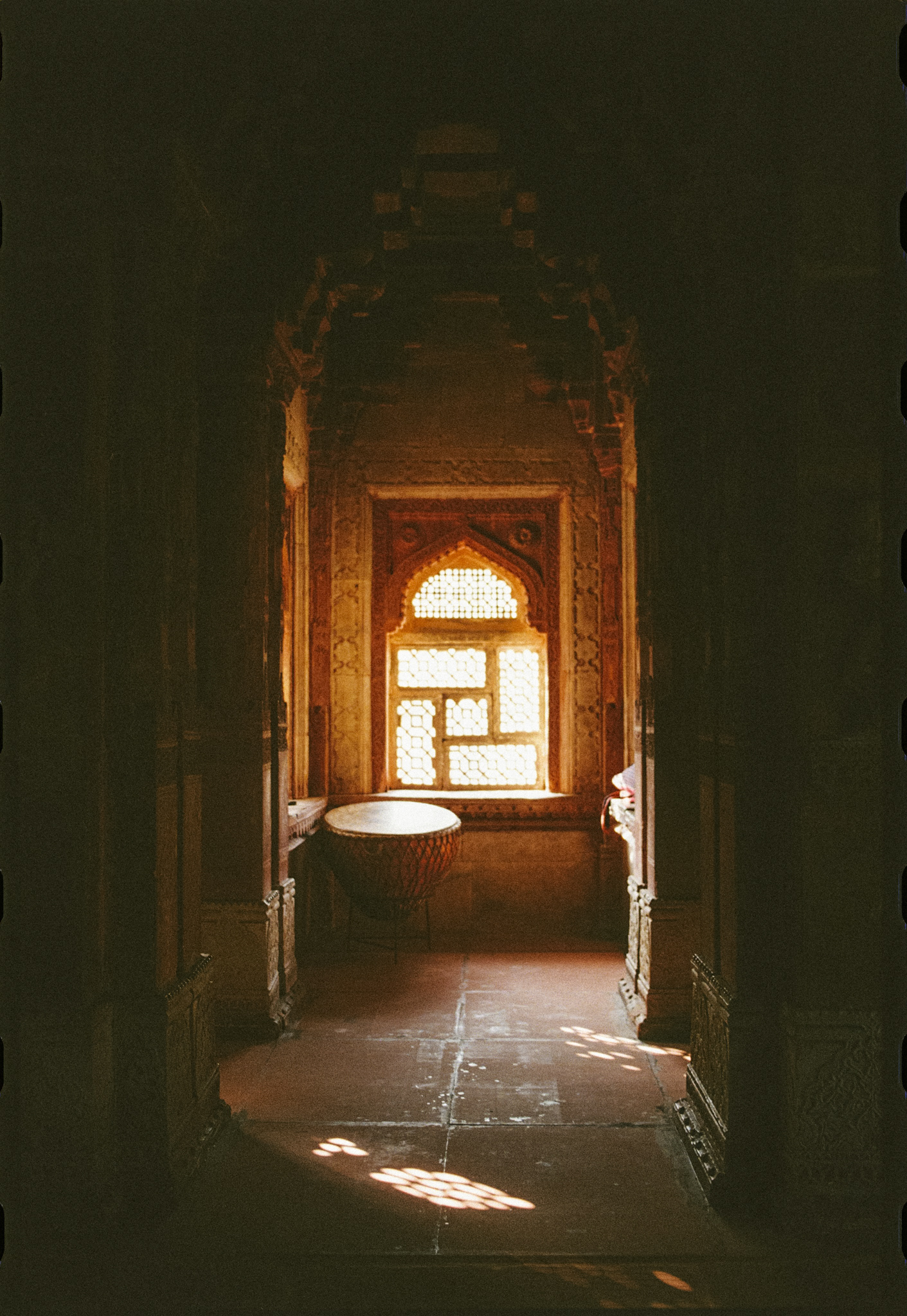
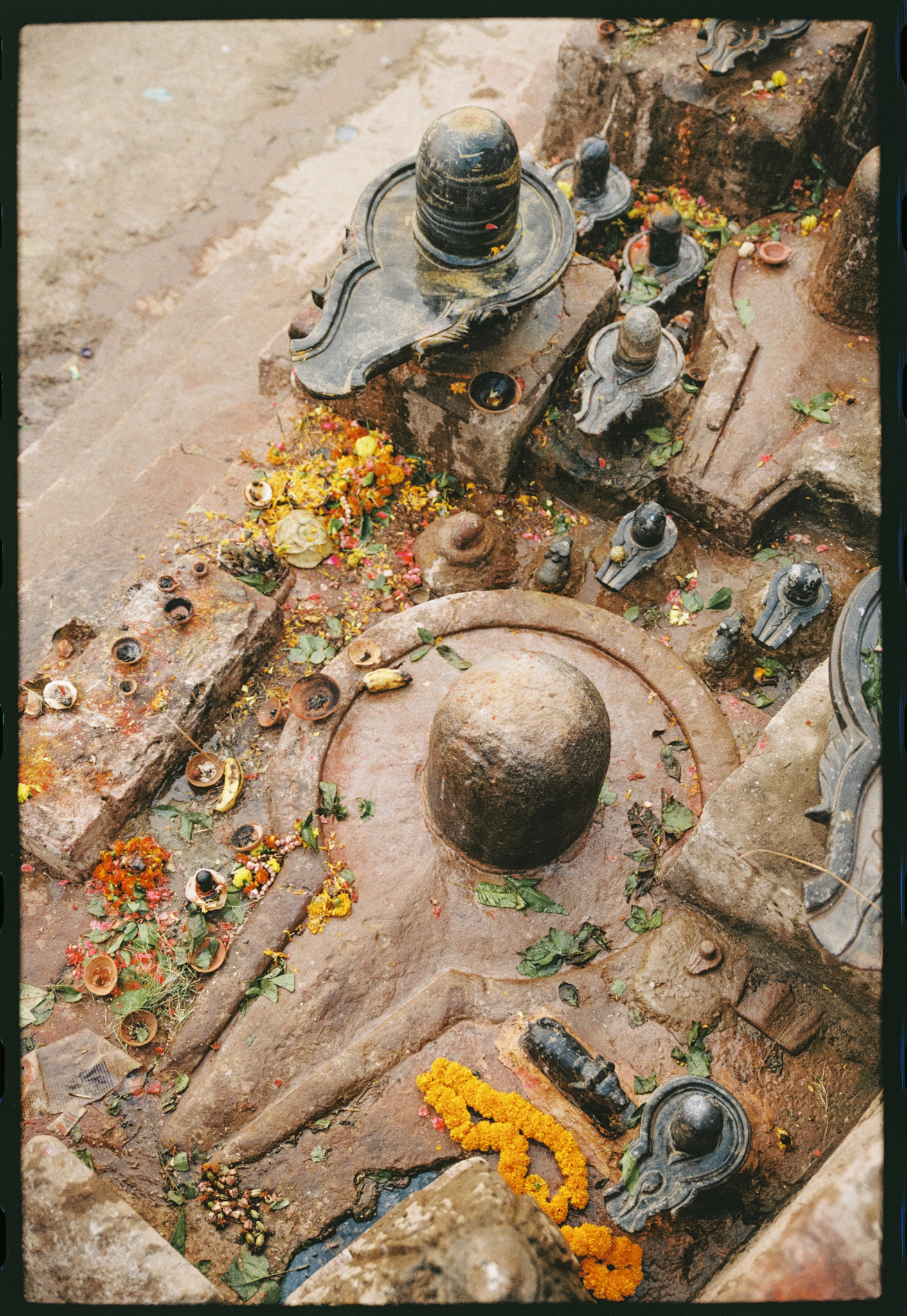
“Because we think in a fragmentary way, we see fragments. And this way of seeing leads us to make actual fragments of the world.”
—Susan Griffin, A Chorus of Stones
My story inevitably consists of fragments. Fragmentation is inherent in the nature of photography. But it also allows access to a smaller piece of a larger whole, not intending to distort it, but to understand the traces collected and left behind during the journey. It becomes a record of the path I observed, allowing it to guide me. The fragments, etched into me as I moved simultaneously along my inner map, traversing physical distances. The fullness they created.
Comfortable in the role of an observer, my intention for this journey was to create space for being observed, to make room for being seen. It was undeniably the right place. I was constantly accompanied by curious glances directed towards my otherness, while I was moving in what was otherness for me. This journey was not as much about what could be seen as it was about constantly becoming—perceiving through the sense of sight.

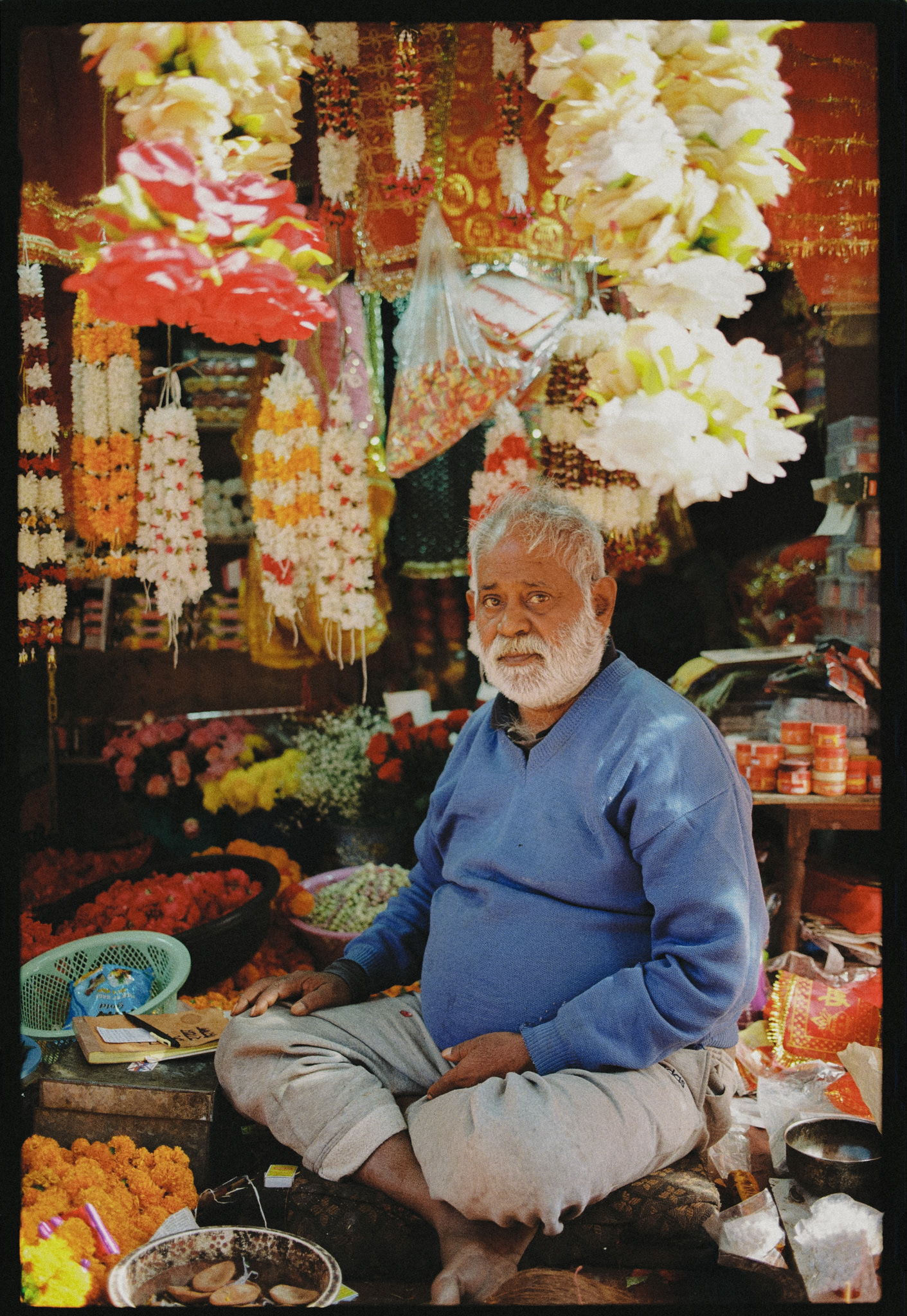
The first meeting is like learning to walk. A world so diverse that it escapes my perception. It stirs a full palette of emotions.
Above all, I did not want to perceive through the categories I knew. This flexibility stayed with me for the first few days. I observed it gradually give way to anger and confusion, leading to an emotional blockage and rejection. What followed next, though, were curiosity and delight, only to give way to another emotion the next moment.
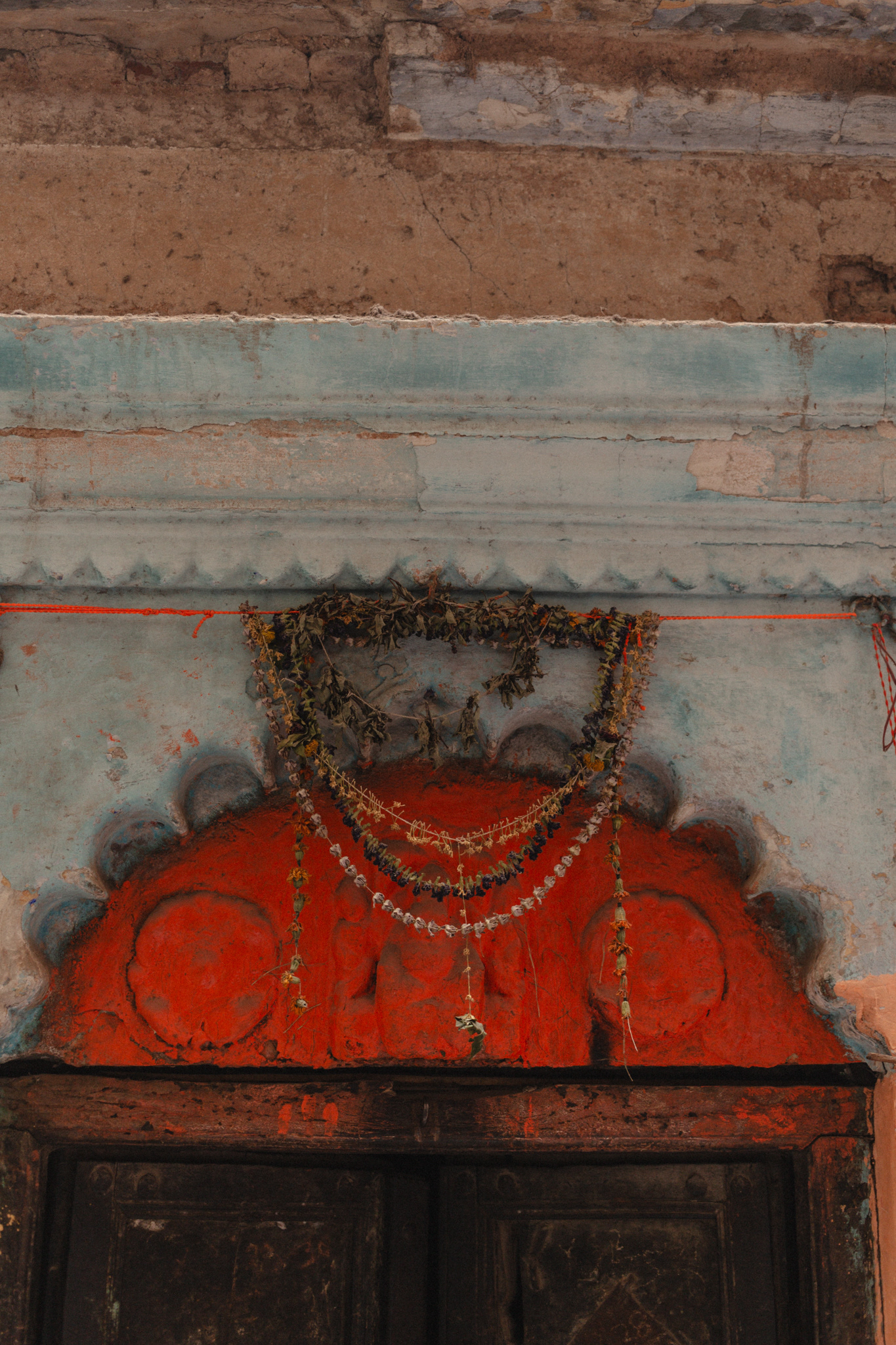
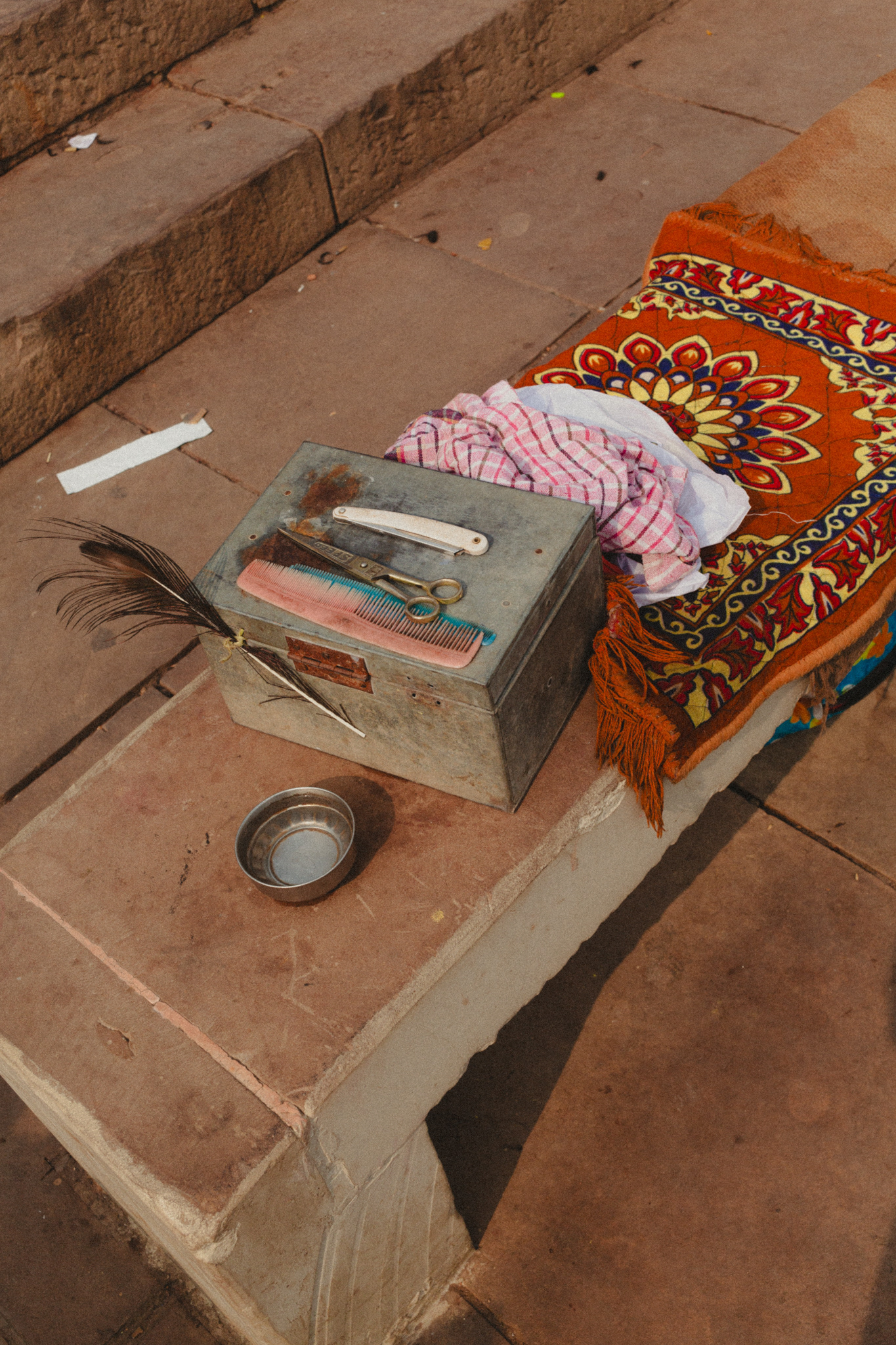
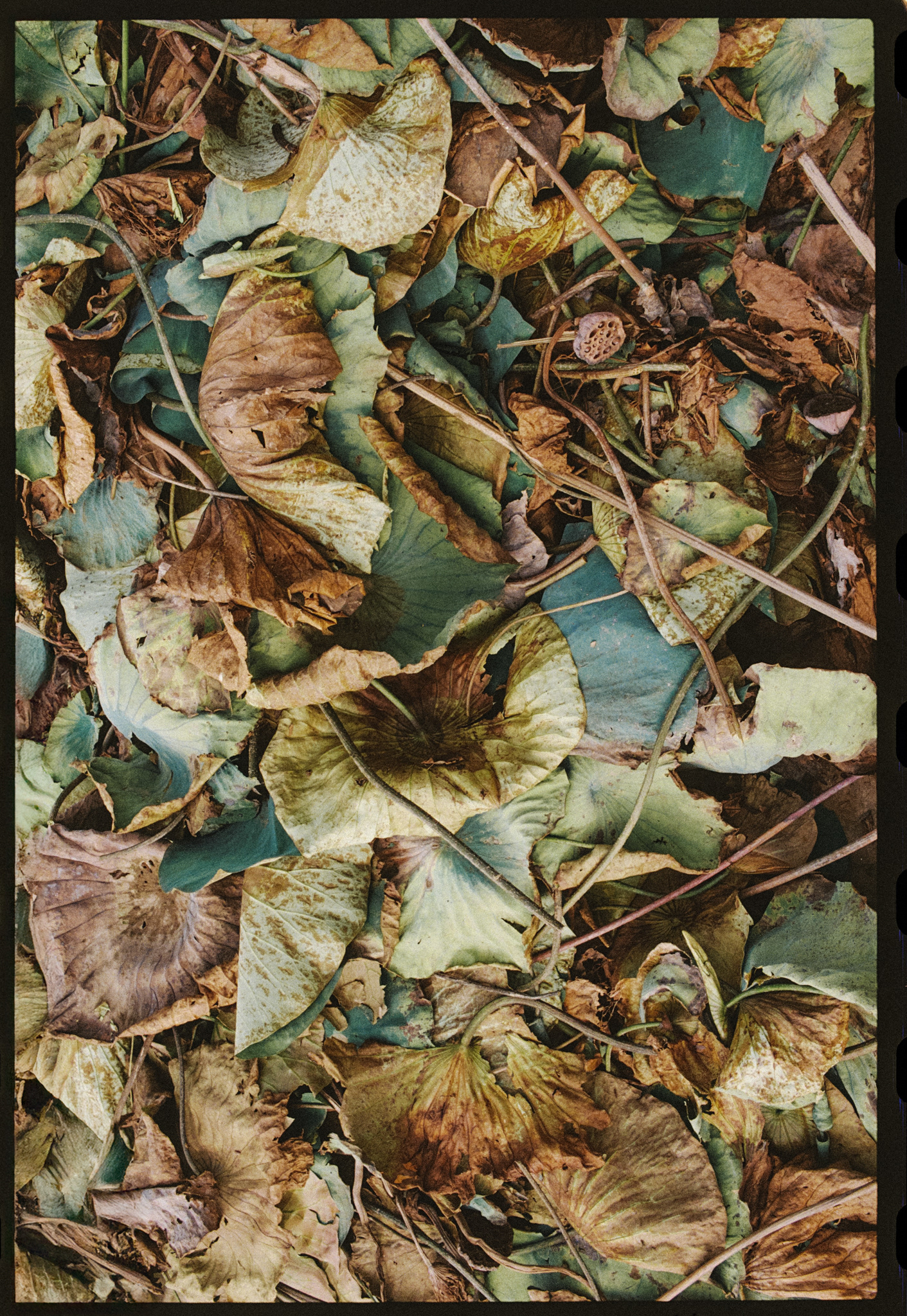
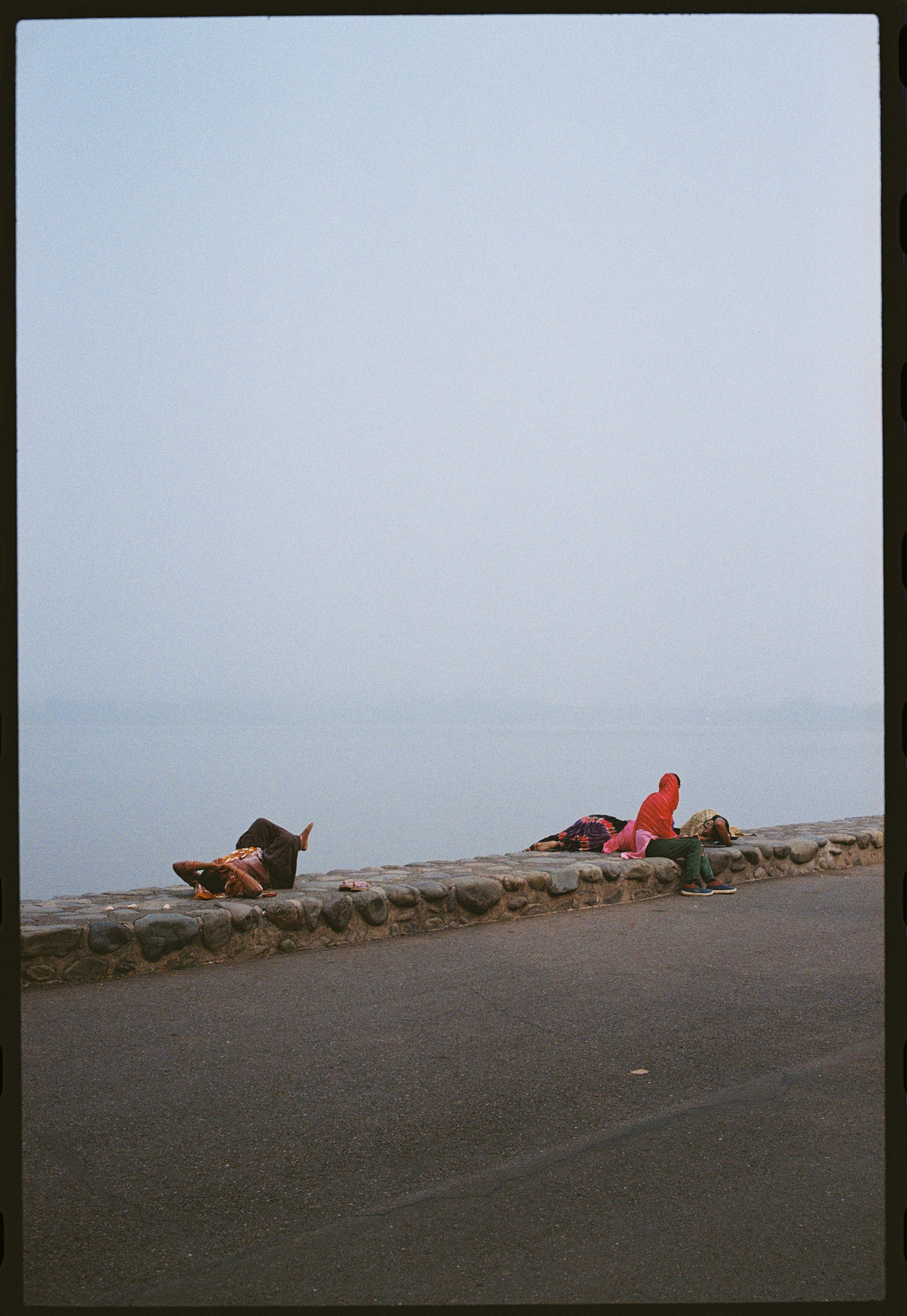
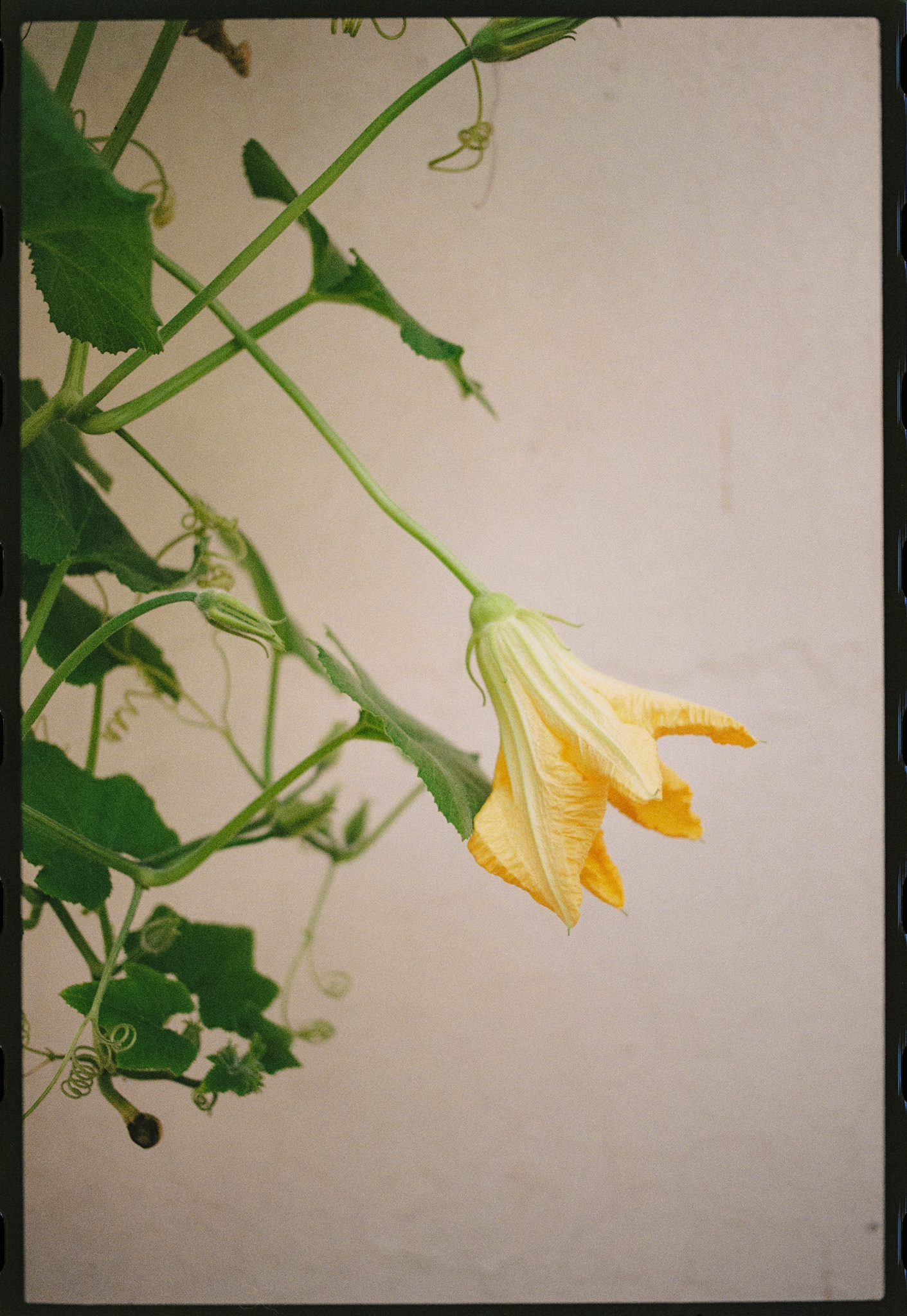
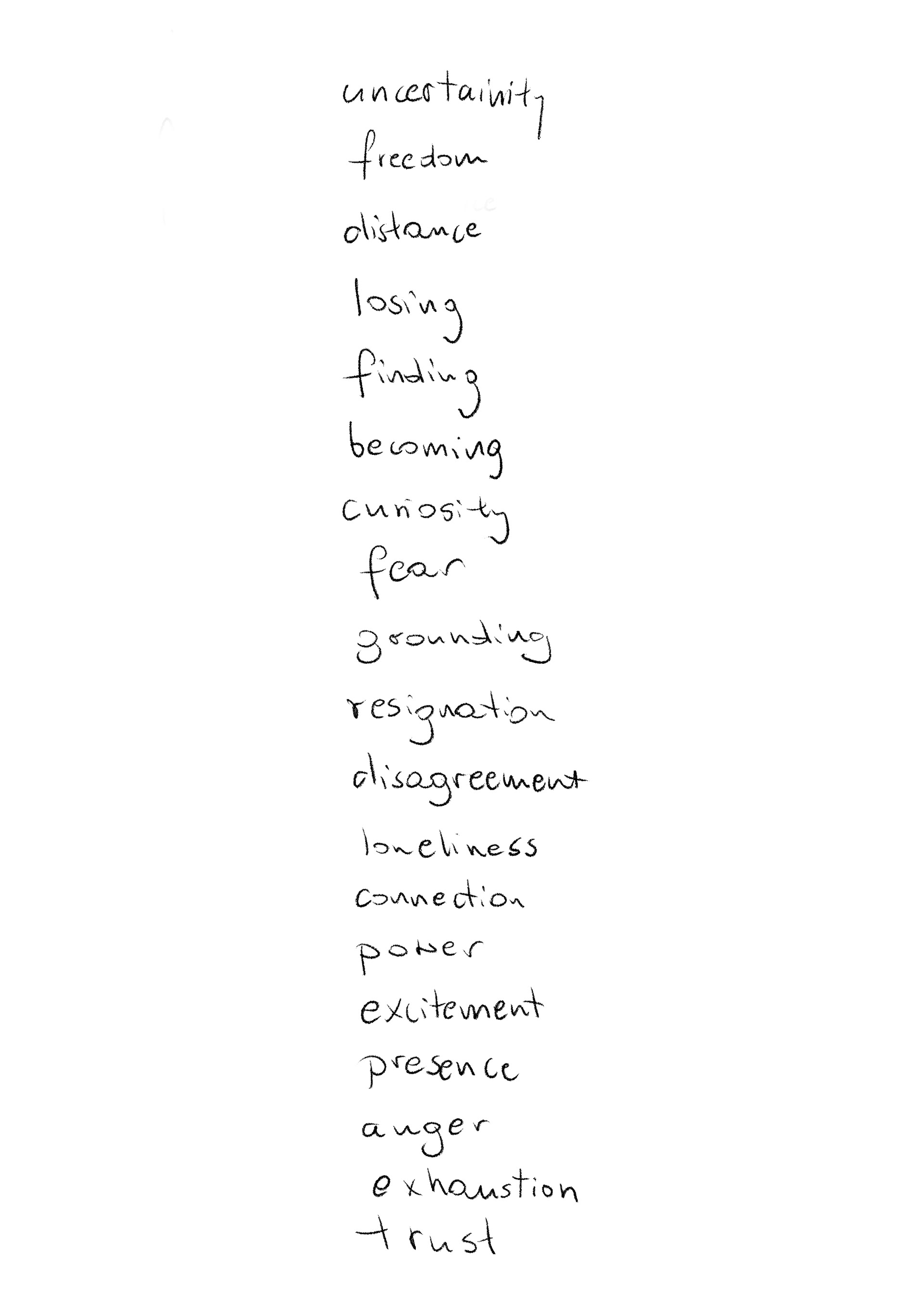
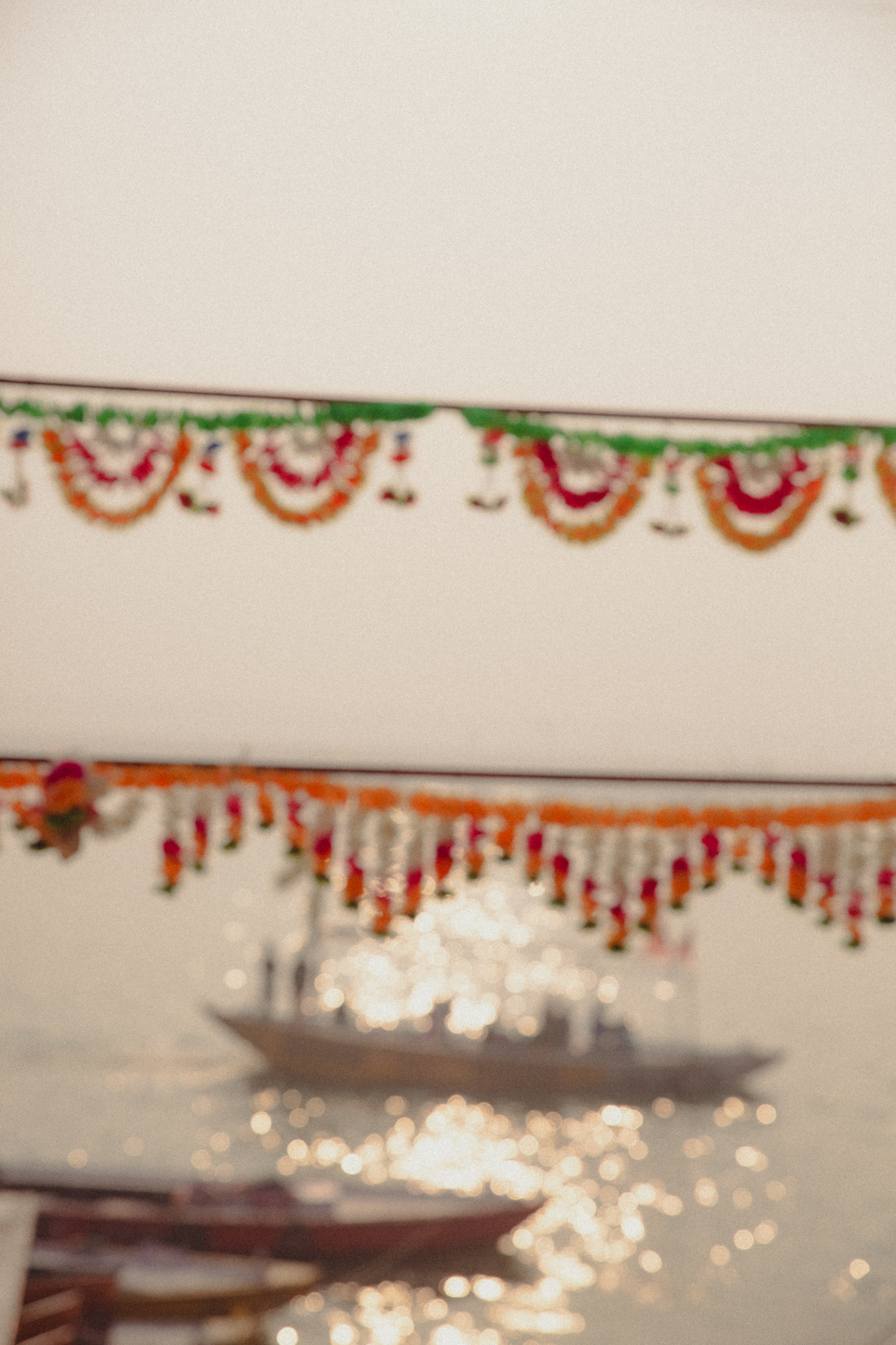

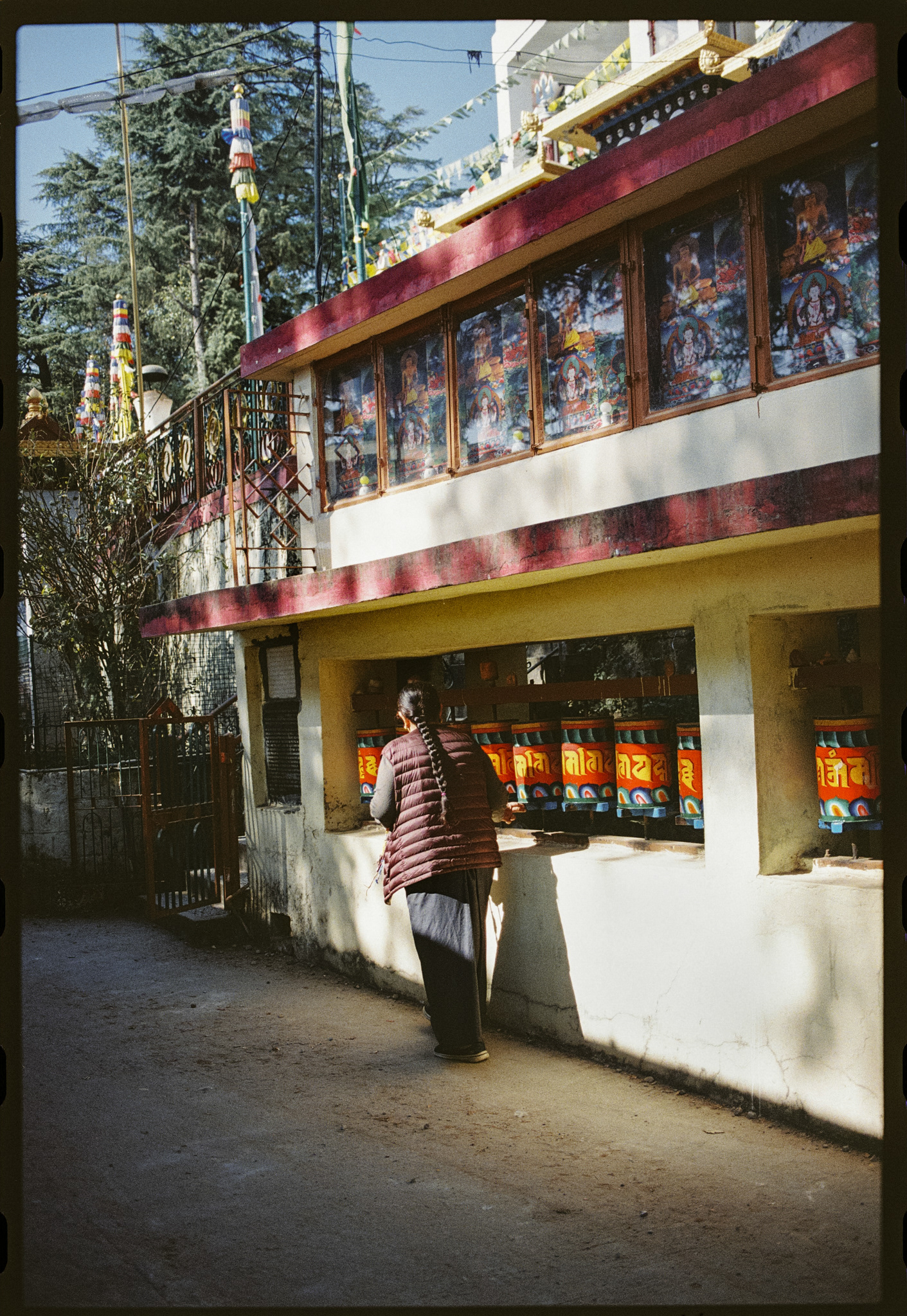
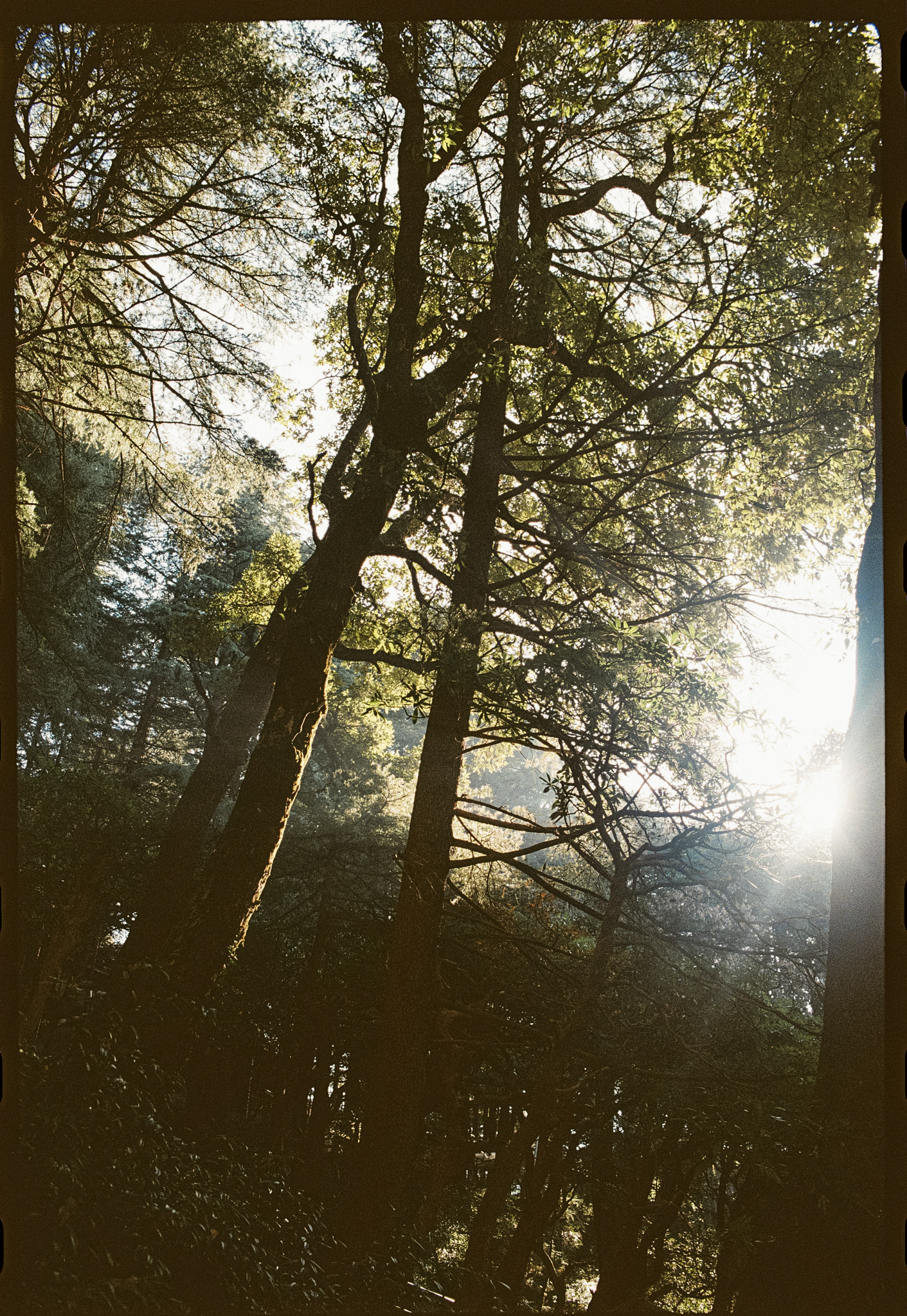
McLeod Ganj/Dharamsala – Home of the largest community of Tibetan refugees and the residence of the 14th Dalai Lama.
Mornings here hold a special kind of magic. For a brief moment, it feels as though a small doorway opens, offering a glimpse beneath the surface—a fleeting connection to something suspended in the air above the seeming chaos. The outside noise, which will inevitably rise later, is still absent—a noise that, as an outsider, feels especially hard to break through. I rubbed the sleep from my tired eyes and I walked toward the banks of the Ganges.
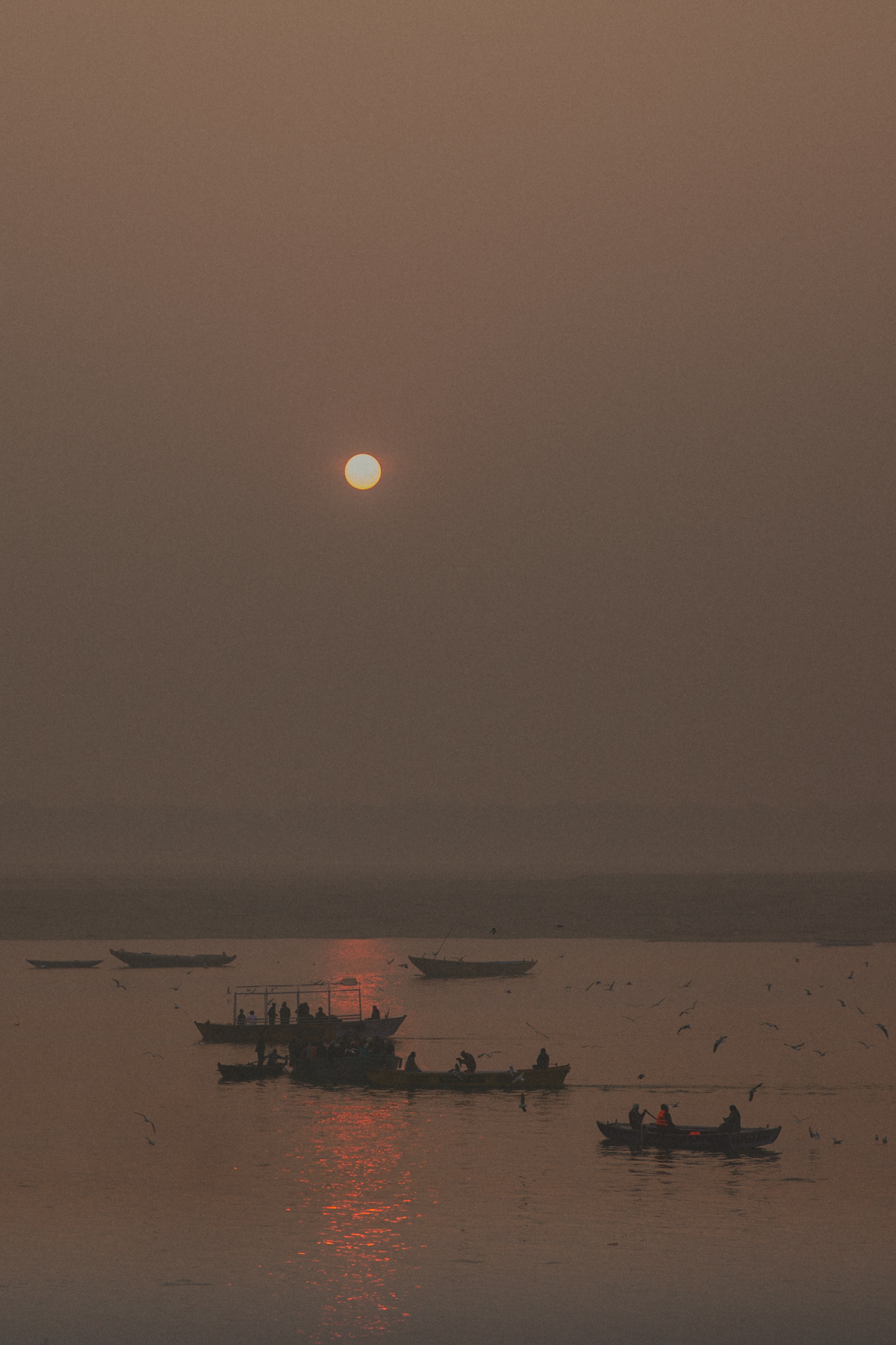
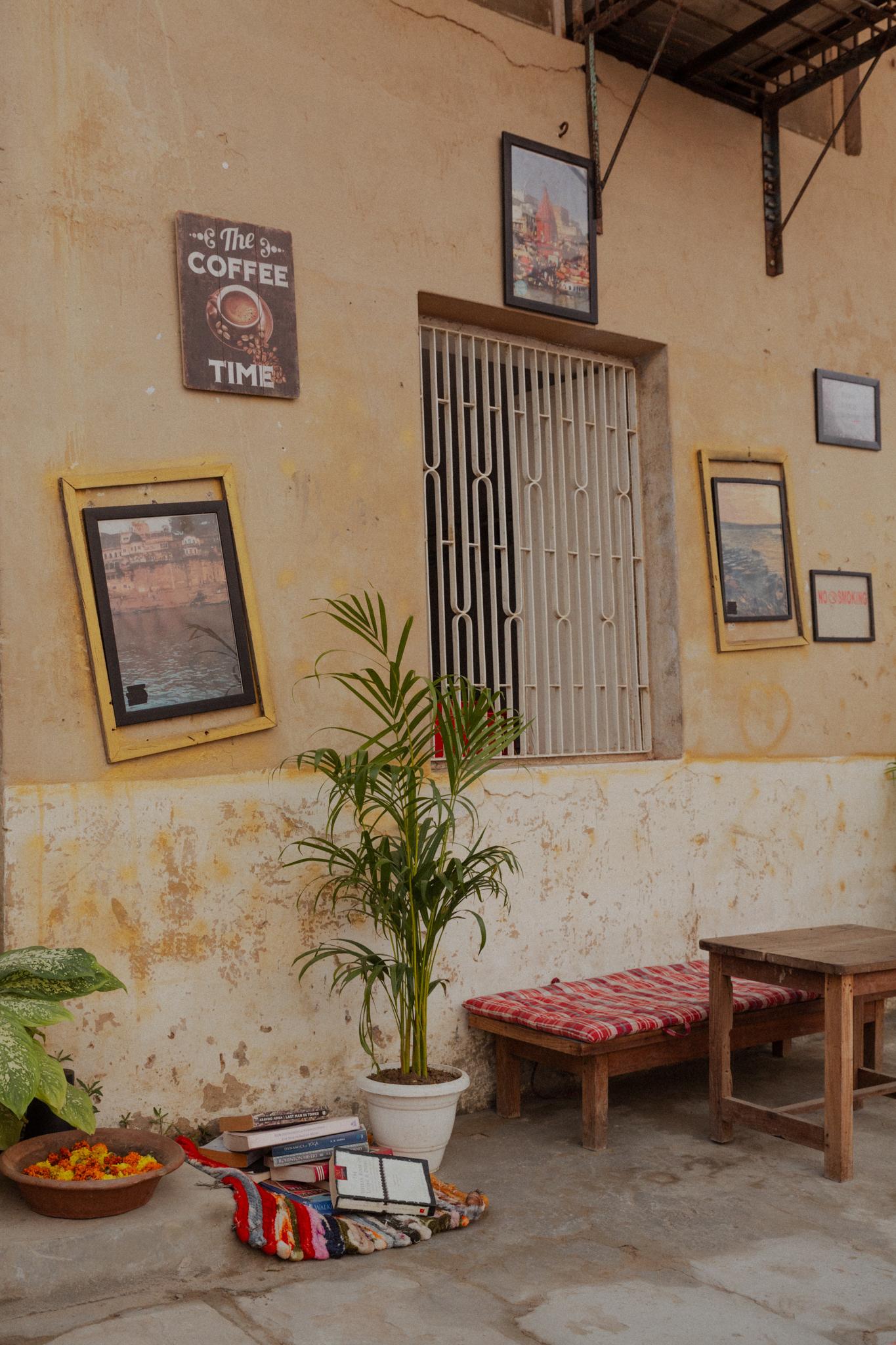
Seeing a man opening the gate to a tiny cafe, I decided to step ‘inside’—though its interior wasn’t physically separate from the outside. The owner brought over a chair to offer me a seat while he began setting up his café, as he did every day—hanging pictures on the walls, placing a pile of books on the floor, setting up little tables, and hanging a welcoming sign on the gate. The space unfolded in the front of my eyes.
"Every year, the river floods this place and leaves a layer of silt, which I remove and then start over," he told me a little later when we spoke. He was unbelievably calm about it. "We try to complete life, but life is never complete," he added. The gratitude he carried for this place, seeing the act of constantly recreating it as a gift, stayed with me—something beyond my perception. It was the last day of my journey, and this conversation also left me with another of his sentences: "People are hungry here. Not only for food."
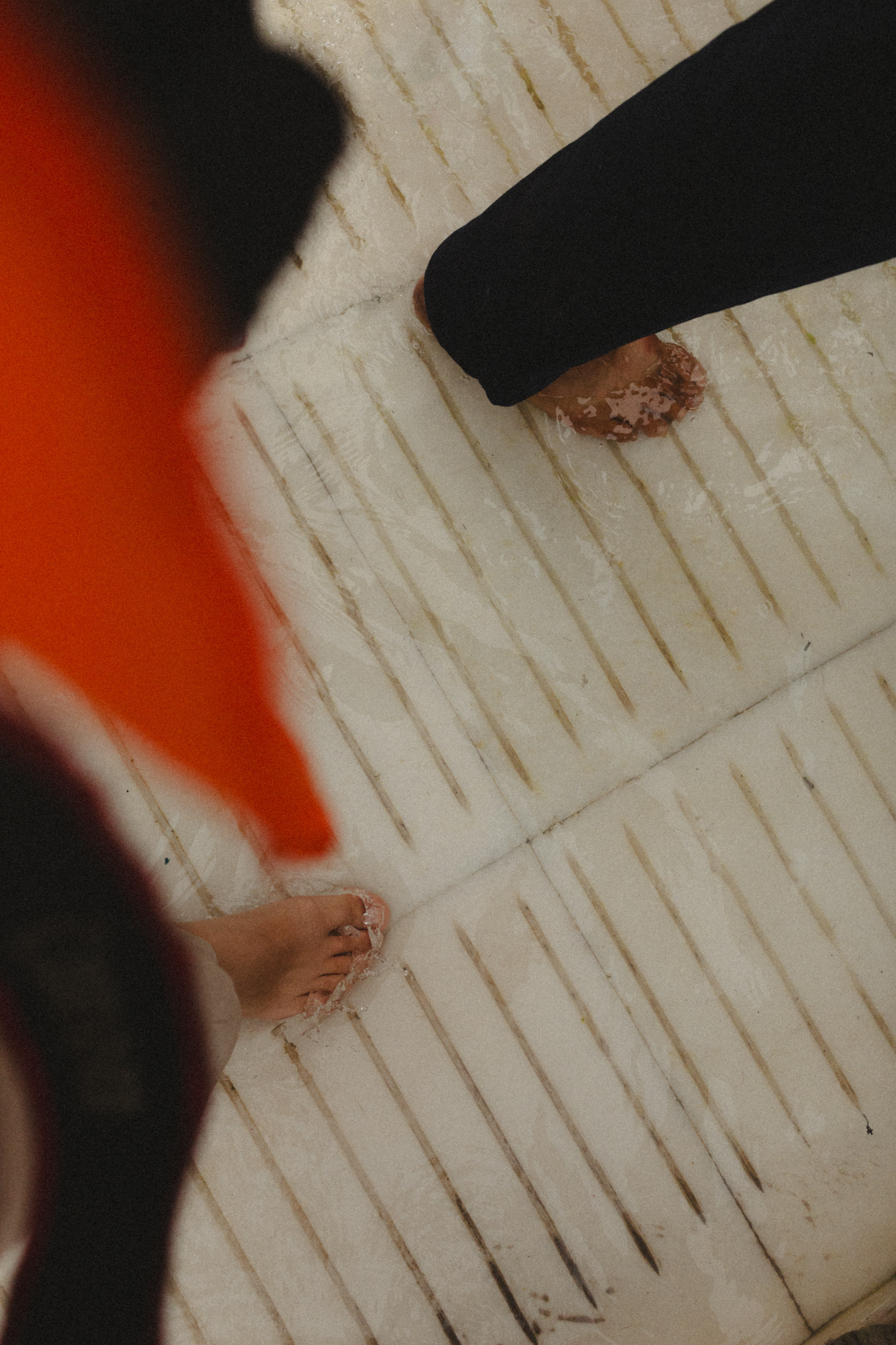
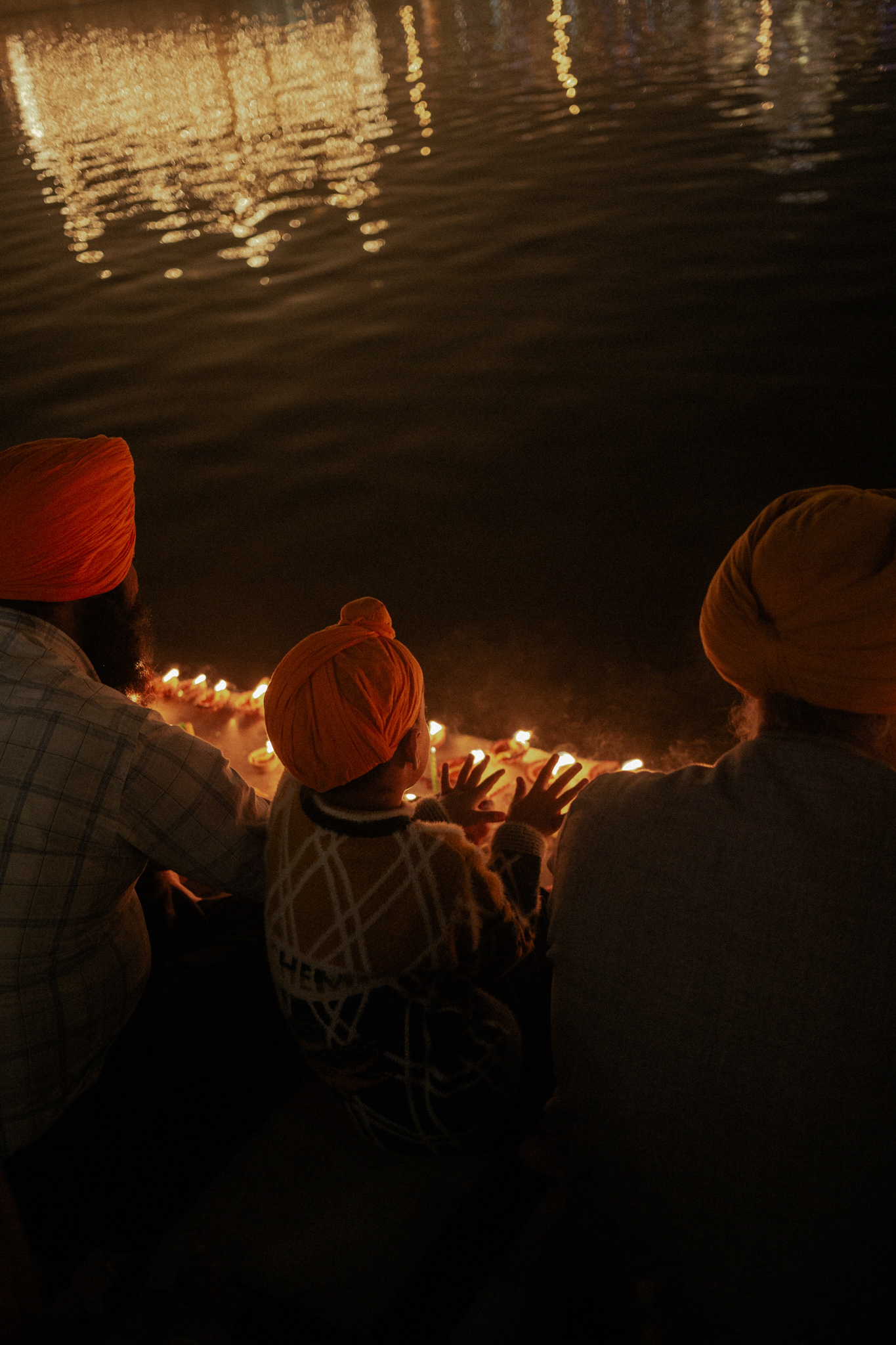
Celebrating the festival of Guru Nanak at the Golden Temple in Amritsar.
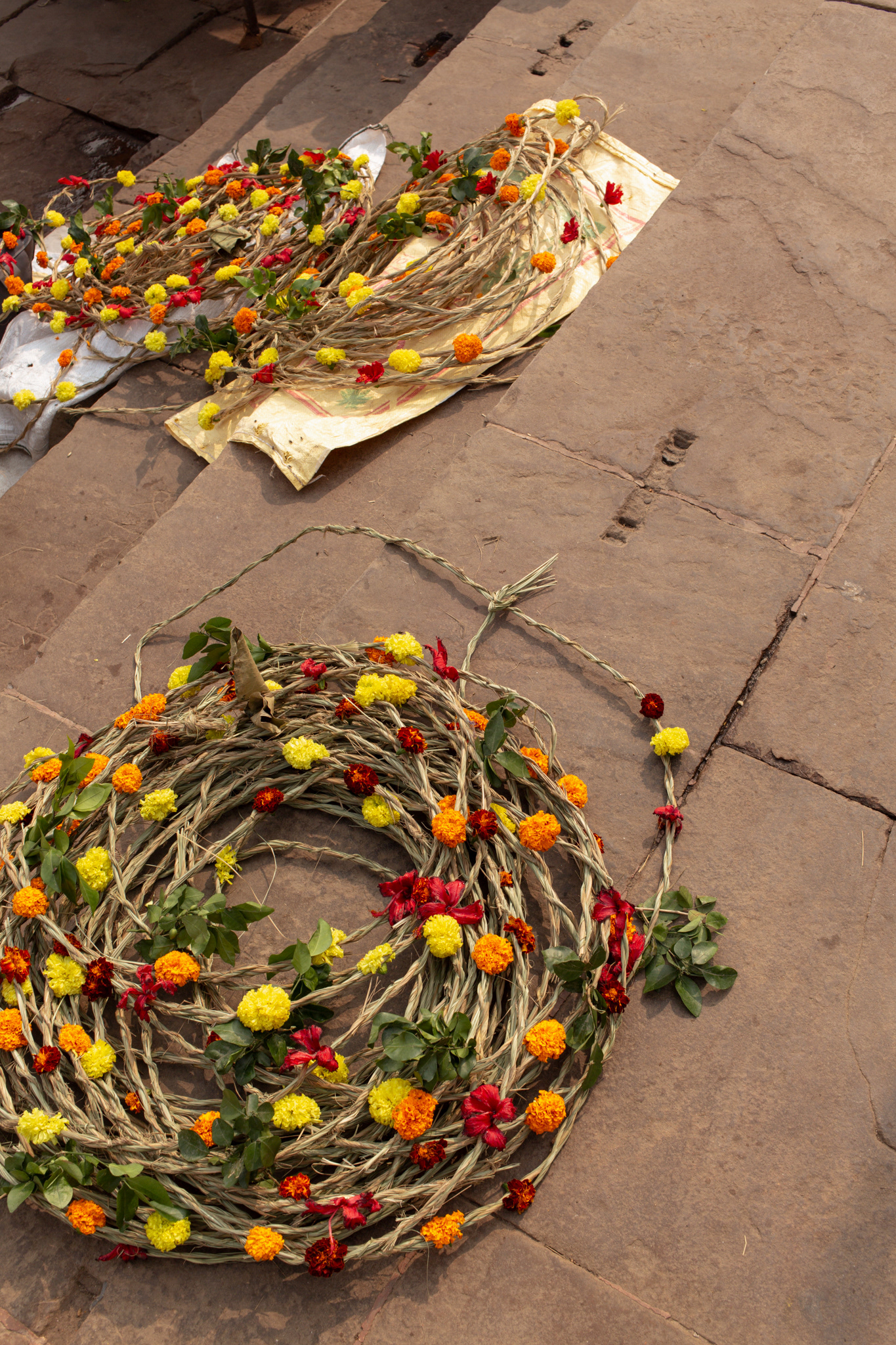
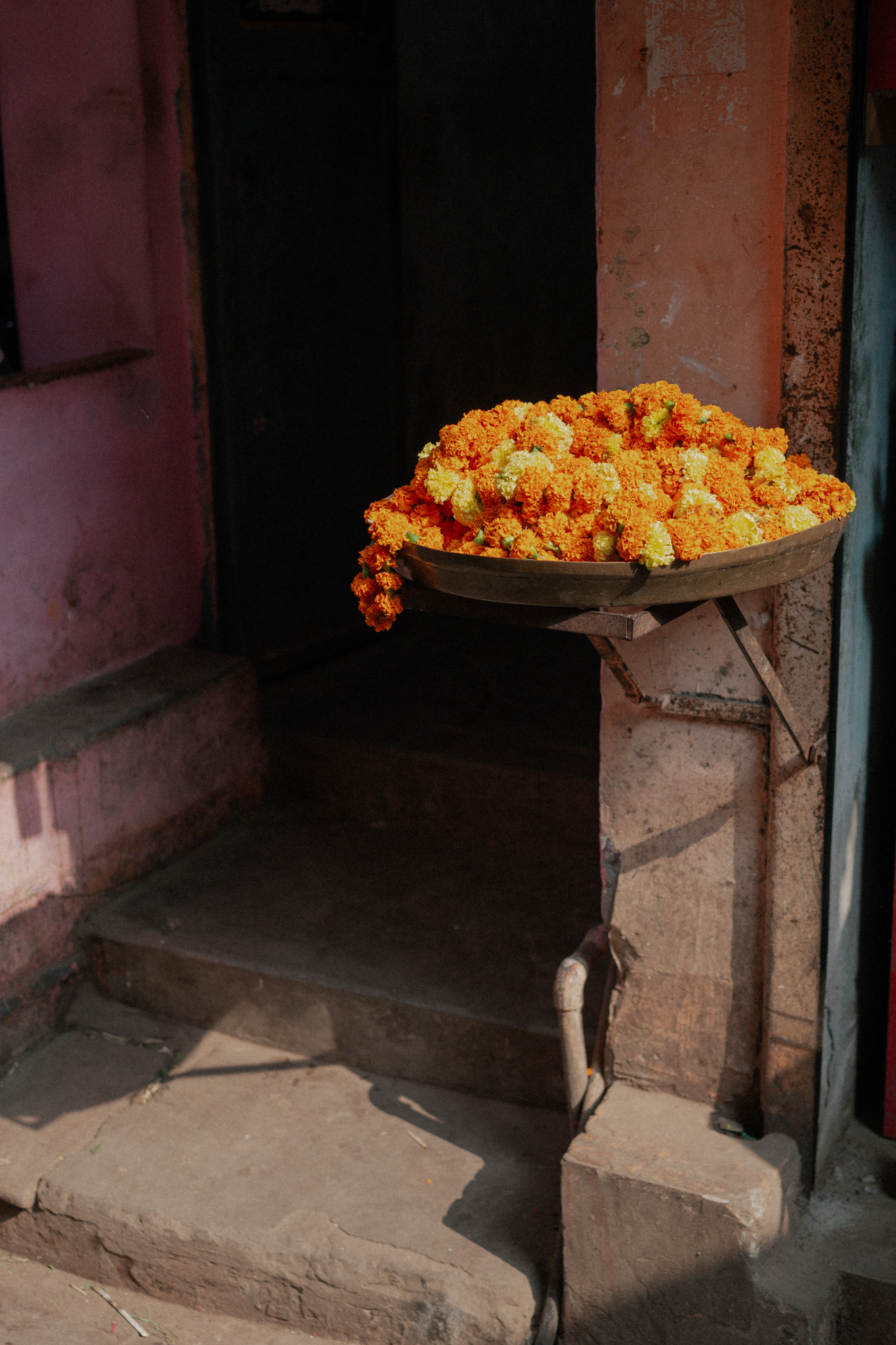
"A beautiful state, such an unknown. An unfolding experience, impossible to predict—what it will bring or what it will leave me with," I wrote as I began my journey.
Now, reading those words upon my return, I find myself wondering what it would be like to see everyday life in the same way, beyond the state of being on a physical journey. To let go of control, to stop chasing fulfillment, and simply trust. To experience completeness.
Even during the journey, there were moments when I felt a pressure, as if the experience needed to take a particular form. Whose expectations was I trying to meet? I’m not sure, but in those moments, I saw ordinariness as the greatest threat, though I don’t know how I would even define it. Sometimes I questioned whether I had truly made the most of my day, whether I was ‘doing well,’ whether I was living the experience to its fullest. In truth, it was an escape from wholeness. When seeking it, I was rejecting it.
There is before and after.
